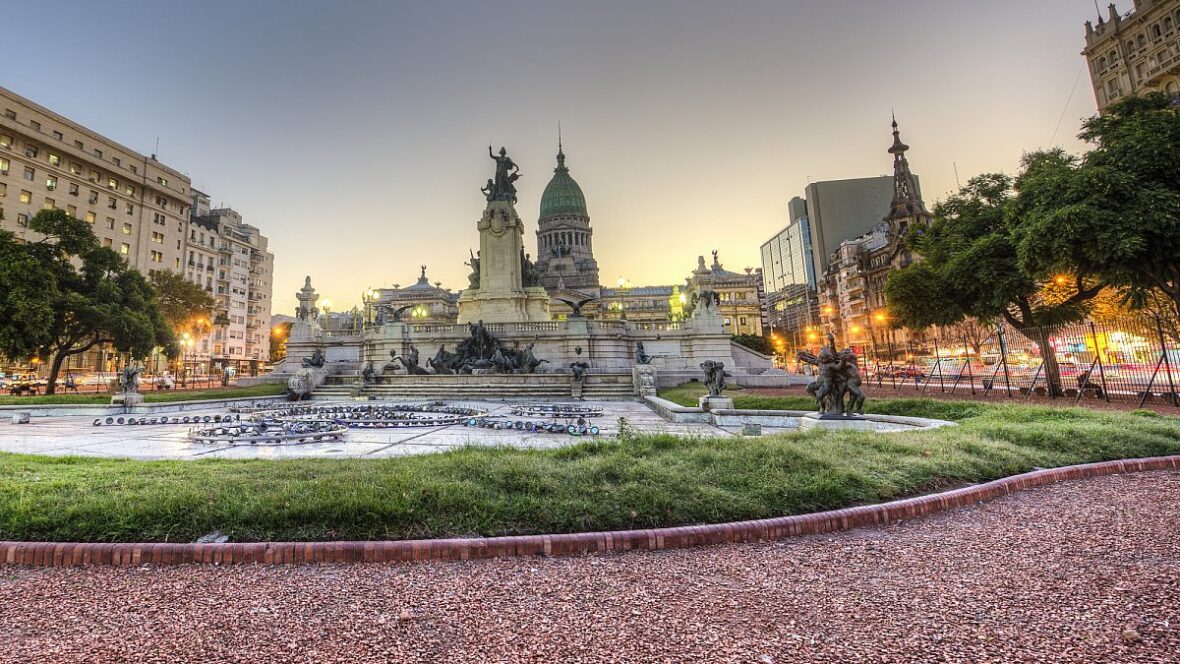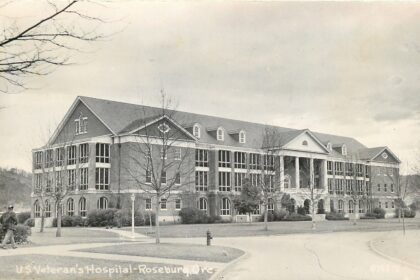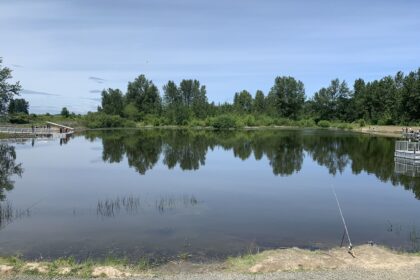Buenos Aires, the capital of Argentina is South America’s most stunning metropolis. The city is situated on the western shore of the estuary of the Río de la Plata, 150 miles (240 km) from the Atlantic Ocean. It’s one of Latin America’s most important ports and most populous cities, as well as a national centre of trade, industry, politics, culture, and technology. Take a look below for 30 interesting and awesome facts about Buenos Aires, Argentina.
1. The city of Buenos Aires was established twice.
2. The first settlement was established in 1536, by Pedro de Mendoza, along with 1600 of his fellow Spaniards.
3. They built a fort overlooking the Rio de La Plata and Mendoza named the location after Santa Maria de Los Buenos Aires, or “Holy Mary of the Fair Winds”, a figure respected by sailors at the time.
4. The second settlement was established in 1580, by Juan de Garay who arrived from Spain. He kept the name given by Mendoza adding a few of his flourishes making the name even longer: Ciudad de la Santisima Trinidad y Puerto de Santa Maria de Buenos Aires.
5. Luckily, the residents shortened the name to its current form in the 17th Century.
6. The city fell under the rule of the Viceroyalty of Peru for two centuries.
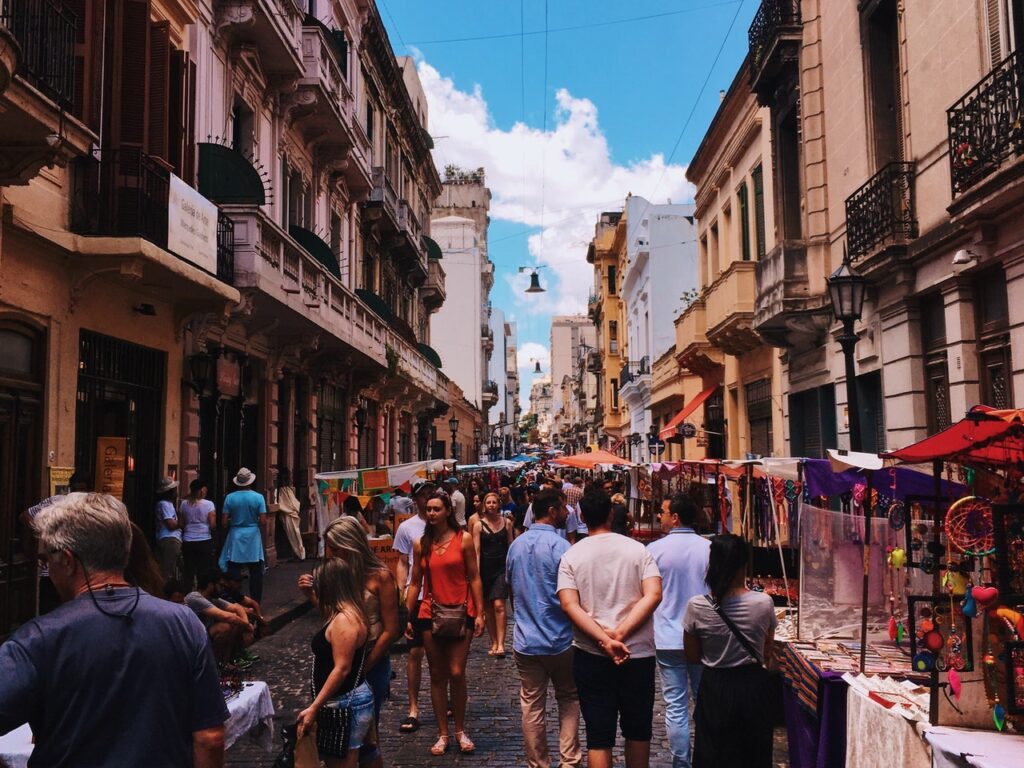
7. Unable to stop the flow of illegal trade, Spain finally made Buenos Aires an official port and viceroyalty in 1776.
8. In 1806, the British controlled Buenos Aires for two months.
9. The goal was to weaken Spain, which had allied with France against Great Britain during the Napoleonic Wars, and to open up a new port for trade.
10. On the 27th of June, forces under the command of William Carr Beresford took the city.
11. Before they were able to enjoy the city, a colonial militia controlled by the French aristocrat Santiago de Liniers marched south from Montevideo and recaptured Buenos Aires.
12. Buenos Aires has tea time because the British had a strong influence in Argentina.
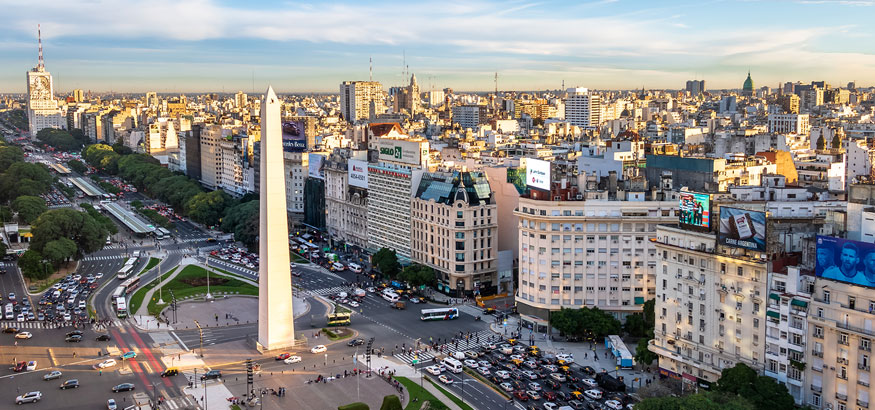
13. One of the British legacies was the traditional afternoon tea, known in Buenos Aires as simply “té” or “merienda.” The city’s take on this British tradition involves tea or coffee traditionally complemented by the local version of a croissant.
14. Buenos Aires is the birthplace of tango.
15. Tango originated in the mid-1800s in bordellos and other spaces in the working-class port areas of Buenos Aires.
16. At first, tango was considered offensive until the world-renowned dance and music pioneers like Carlos Gardel brought the music to Europe, where it became an instant hit.
17. The rich and powerful of Buenos Aire’s privilege is spending eternity in a garden of splendid, hand-carved stone mini-mansions.
18. Opened in 1822, La Recoleta Cemetery spans four city blocks and is most famous as the last resting place of First Lady Maria Eva Duarte de Perón, better known as Evita.
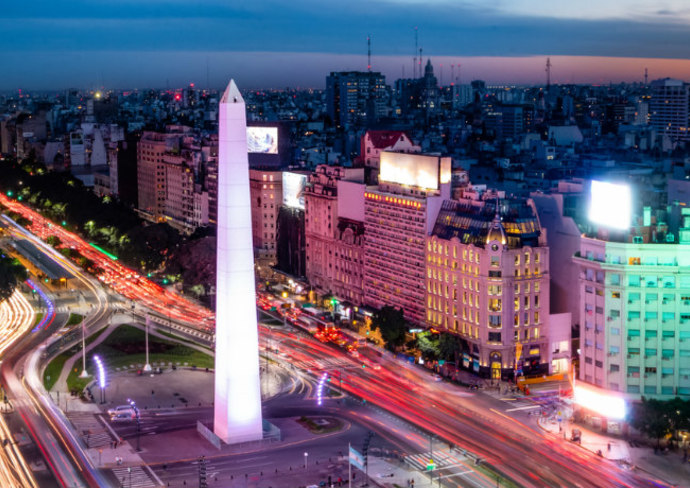
19. Buenos Aires has the most bookstores per capita than any other city in the world with more than 700 bookstores.
20. In Buenos Aires, there is a bookstore for every 3600 inhabitants.
21. The famous Argentinian writers, Julio Cortázar, Jorge Luis Borges, are just a few of the many authors to choose from in Buenos Aires’s bookstores.
22. The oldest metro system in Latin America is located in Buenos Aires.
23. The first metro system on Latin American soil was opened in Buenos Aires In 1913.
24. The first line in that time was “Linea A” connecting the presidential palace with the Congress.
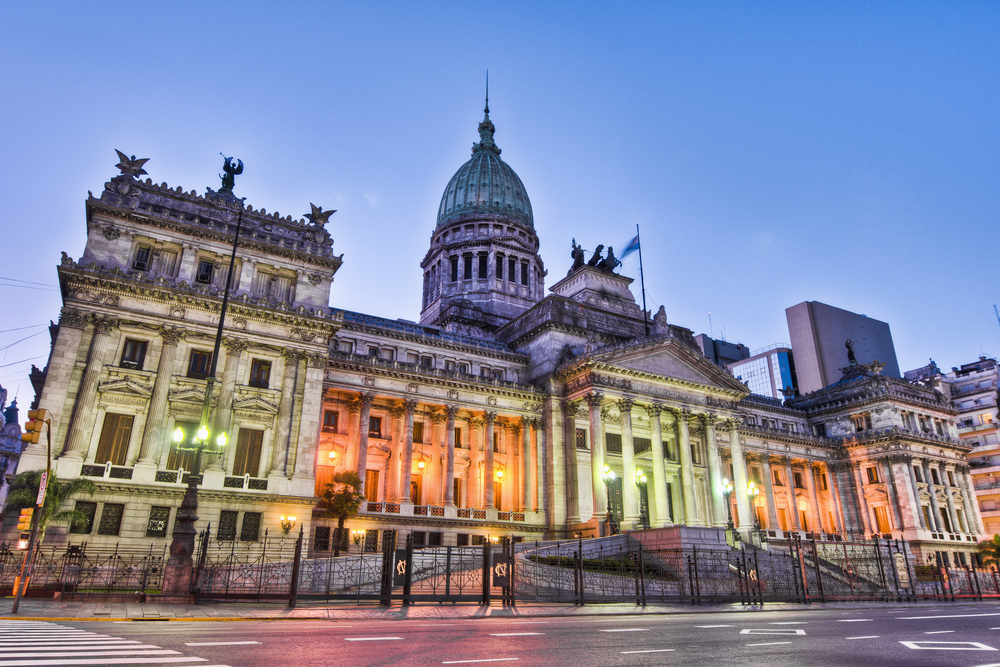
25. The stations in Buenos Aires are decorated with ornaments of that time.
26. Buenos Aires is home to the widest street in the world, “Avenida 9 de Julio”.
27. The street was named after the day when Argentina won its independence from Spain, 9 de Julio.
28. The first ideas for the widest street started in 1888 but the actual work began in 1930. Twelve lanes wide, it’s impossible for a pedestrian to cross the street at one time.
29. Besides being the world widest street in the world, “9 de Julio” connects the north with the south of Buenos Aires.
30. In the late 1960s, Buenos Aires’ Japanese Gardens were opened to honour the visit of a Japanese prince.

